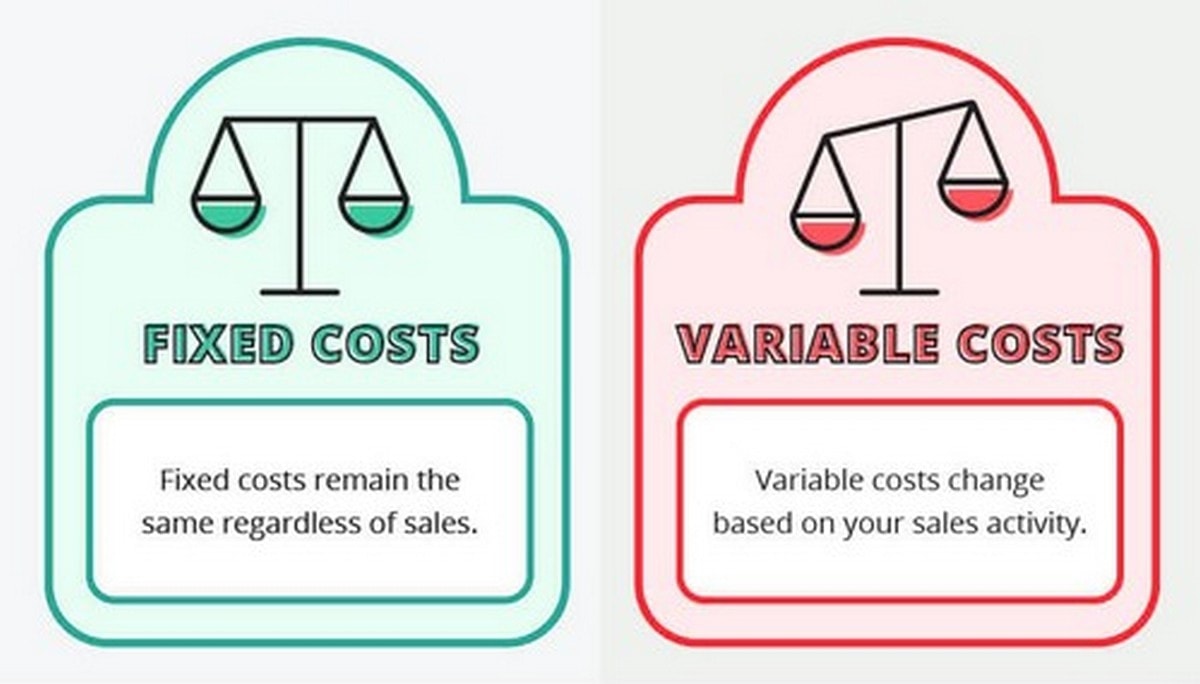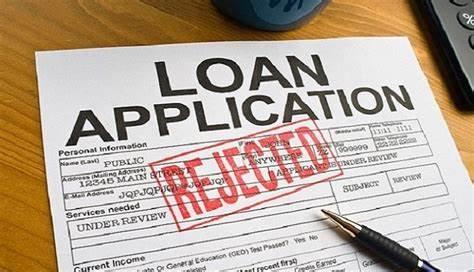Contents
In accounting, cost refers to the expenditure incurred in acquiring raw materials, manufacturing, and other related activities of a business. It is always evaluated on a monetary basis. These costs can be of various types, such as manufacturing cost includes the cost of labor and materials. Non-manufacturing cost involves costs incurred on administrative activities and advertising. Similarly, based on the level of output produced in a firm, costs are broadly divided into two categories, fixed and variable. Together, fixed and variable costs represent the total cost incurred by a firm.
Fixed costs
As the name suggests, fixed costs remain unaffected by the change in the level of production. It does not matter if an organization produces zero goods or 100 goods, fixed costs remain the same. These are the costs that a business has to pay irrespective of how much it has sold or produced. For instance, an organization has to pay salaries, electricity bills, rent, and property taxes regardless of its sales or production activity. These costs are known as Fixed costs.
Examples of fixed costs:
-Depreciation: Depreciation refers to the fall in the value of an asset due to wear and tear or time-related factors.
-Amortization: Amortization is the depreciation charged on intangible assets such as patents, trademarks, and copyrights.
-Utilities: Charges of electricity, water, telephone services, etc.
-Rent: Amount paid as rent for the use of office space, storage space, or any other area.
-Insurance: Businesses have to pay for any liability insurance they may have.
Variable costs
Contrary to fixed costs, variable costs vary with the change in the level of output. They are directly proportionate to the level of production. This means that if a company increases its production in a given year, it will have to bear higher variable costs. In the same way, a fall in production level will result in a fall in variable costs. Variable cost is a sum of the costs incurred on direct labor and direct materials. In lean times, companies focus on reducing their variable costs as they are more flexible and related to the production and sales volume.
Examples of variable costs:
Direct Labor: The hourly rate at which the labor is paid for their services.
Direct Materials: The cost of raw materials a company requires to manufacture a particular product.
Production supplies: The cost incurred on products that help in the maintenance of equipment or are necessary for running the machines.
Shipping costs: Costs paid to ship or deliver a specific number of goods.
Sales Commissions: Salespeople charge a particular commission that is purely based on the number of sales they make.
Difference between fixed and variable costs
Apart from the meaning, there are many differences between fixed and variable costs. Some of them are:
- Nature of cost: Fixed cost is dependent on time-related factors whereas variable costs are volume-dependent. Fixed costs are expected to change in the long run and remain unaffected by sales or production activity. On the other hand, variable costs are associated with the output level. They change in a short period and are more or less not concerned with time.
- Change at gross level: At the gross level, fixed costs remain the same. However, variable costs change at the gross level in direct proportion to the change in the level of production.
- Unit level of production: Fixed costs per unit falls when the level of production increases. For instance, a company bears a fixed cost of NZD 1000. The company earlier produced 10 goods. The fixed cost per good would equal NZD 100. If the company decides to produce 11 goods, the fixed cost per good would reduce to NZD 91. Therefore, fixed costs reduce with an increase in the per-unit level of production. Contrastingly, variable costs are always measured on a per-unit basis. Hence, they remain the same at the per-unit level.
- Impact on profits: Since fixed cost reduces with an increase in the per-unit level of production, it improves profitability. The level of production has no effect on the per unit variable cost. As a result, it does not affect profitability.
- Risk involved: Fixed costs are capital-intensive costs that are higher in value. There is a greater risk associated with these costs as compared to variable costs.
- Degree of control: The degree to control and manipulate fixed costs is negligible as they have to be paid regardless of the production and selling activities of an enterprise. In contrast, variable costs are directly associated with the level of production and sales. That is why they can be easily controlled in times of need.
- Cost at zero production: Even if a company is not producing or selling anything, it is liable to pay fixed costs. Variable costs, on the other hand, are charged only when there is actual production.
Also Read everything about Kissanime.
No matter how big or small an organization is, it has to bear certain fixed and variable costs. An understanding of costs helps businesses in taking numerous decisions like how to price a product, whether to look for cost-effective measures, and so on.




